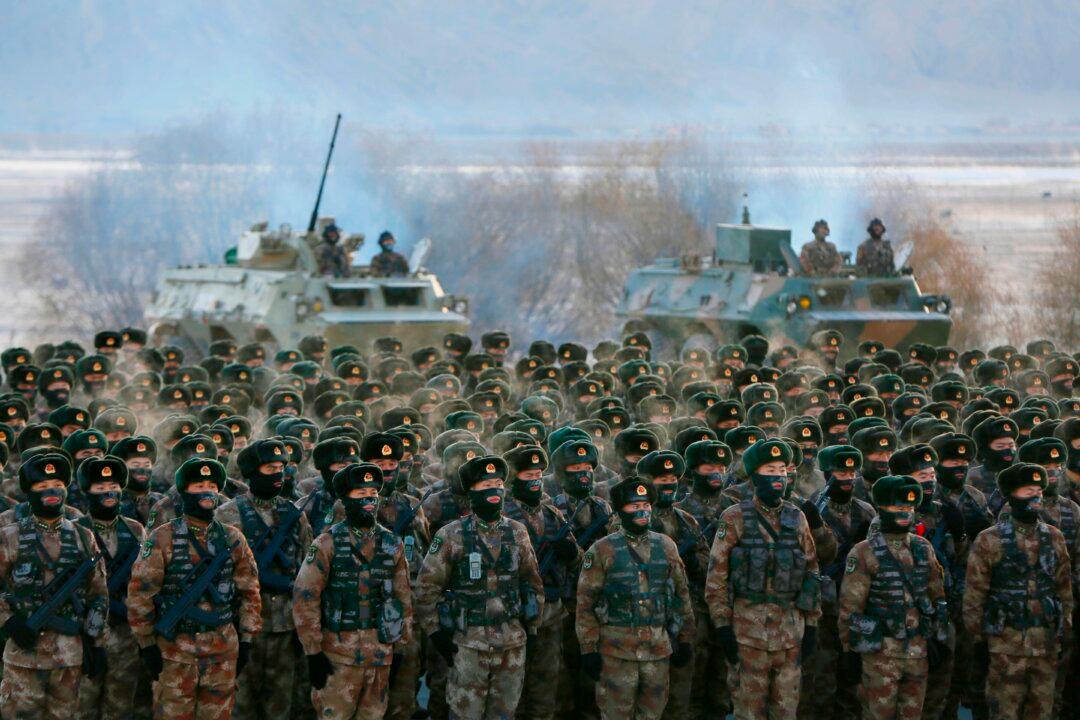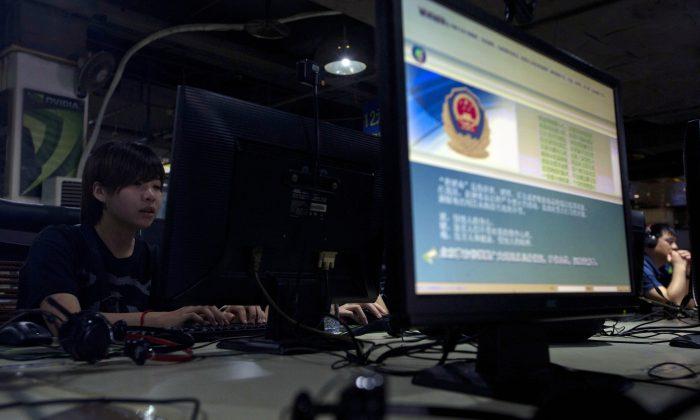The international transfers are particularly significant as those moving more than the allowed $50,000 per year face prison and fines of more than half the amount if convicted. Yet they still find ways to do so, according to a report published on Oct. 23 by The Wall Street Journal. Were such capital transfers legal, as they are in market democracies, they would be far more common.
The means of the wealth transfers include cryptocurrencies, high-value art exports, overpayment for imports, dividends paid to offshore shell companies, and Sino-foreign joint ventures. The movement of assets to Hong Kong, which has no capital controls, is a frequent intermediary step.
The capital flight, plus net outflows in direct investment that amounted to $86 billion in the second quarter of 2024, is putting downward pressure on the yuan and property values, which have lost $18 trillion in aggregate value since 2021, according to one estimate.
Loss of capital to the Chinese economy can be traced to a range of persistent problems, most of which stem from China’s communist system that prizes authoritarian government intervention and crackdowns over free markets and democracy. The Chinese Communist Party’s (CCP’s) draconian lockdowns in response to COVID-19 were particularly irksome to the public and provoked a peak in capital flight from 2021 to 2022.
Since the measures, the CSI 300 and Hang Seng China Enterprises indexes improved by about 12 percent and 20 percent, respectively. But the trend in October for both indexes has been down.
While investors asked for, cheered, and took advantage of the short-term stimuli by Beijing, most are waiting to buy back in for a big headline number of new fiscal spending that is still not forthcoming from the CCP. Even if they are pleasantly surprised by such major stimuli in the near future, it is ultimately just a new form of the type of economic intervention that got the communist regime in trouble in the first place.
Government intervention in economies tends to weigh them down in the long run. Beijing calls its recent interventions a “combination punch,” but communists punching the economy is usually not good for its health. Most of the structural challenges stemming from the CCP’s conduct are still largely unaddressed, including demographic decline, unemployment, trade tension with international partners, the resulting international tariffs that target China, decreasing domestic demand among Chinese consumers because of their straightened circumstances, and deflation.
Given these circumstances, more such capital flight and negative direct investment in China by both Chinese and international companies is expected.







